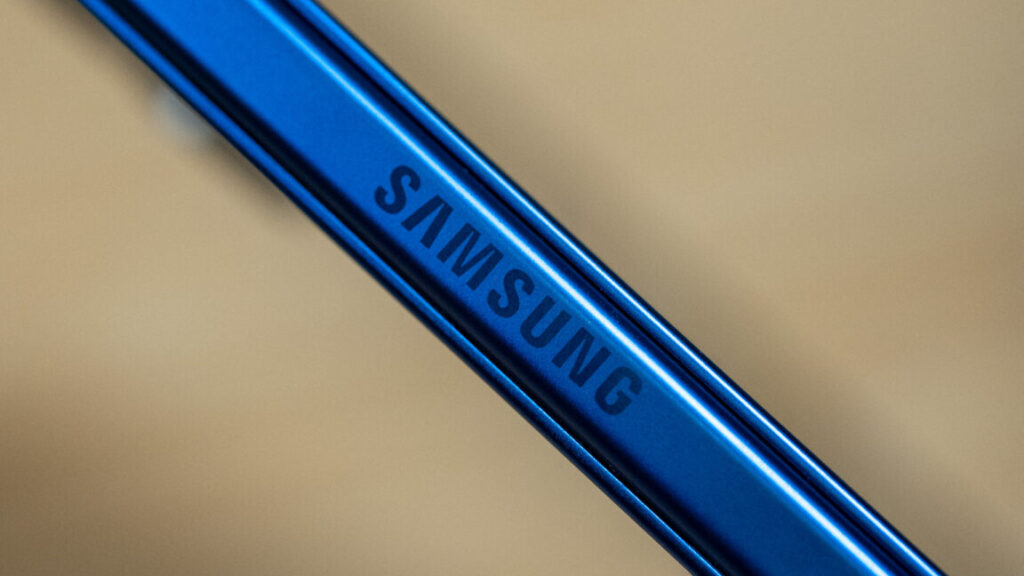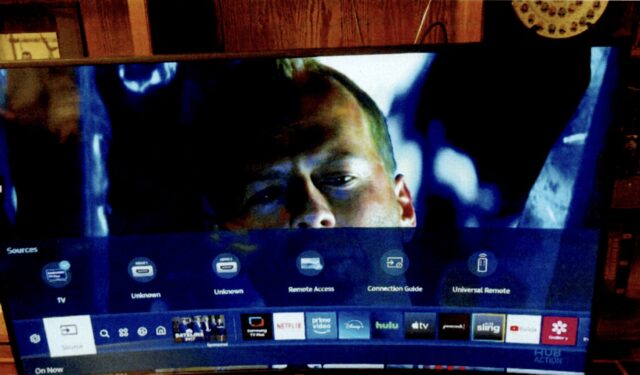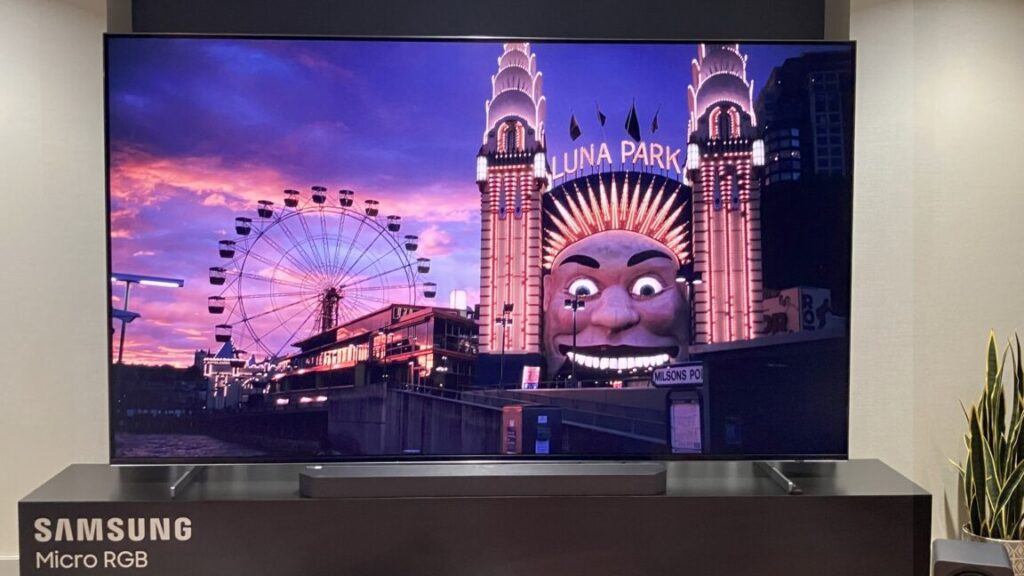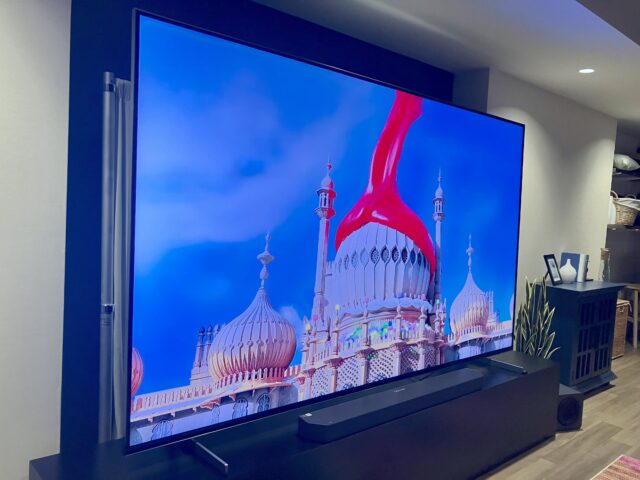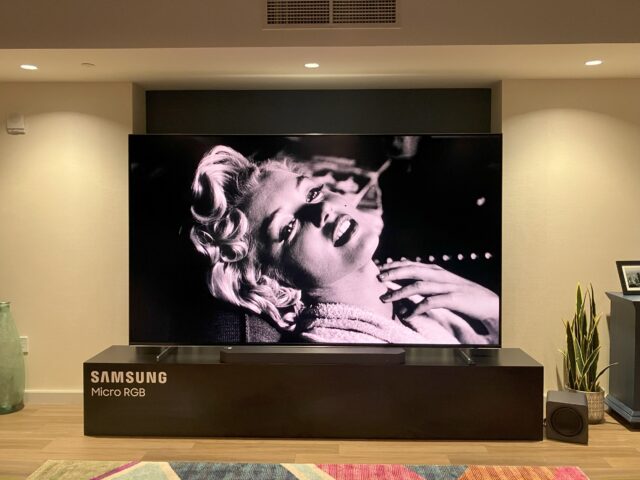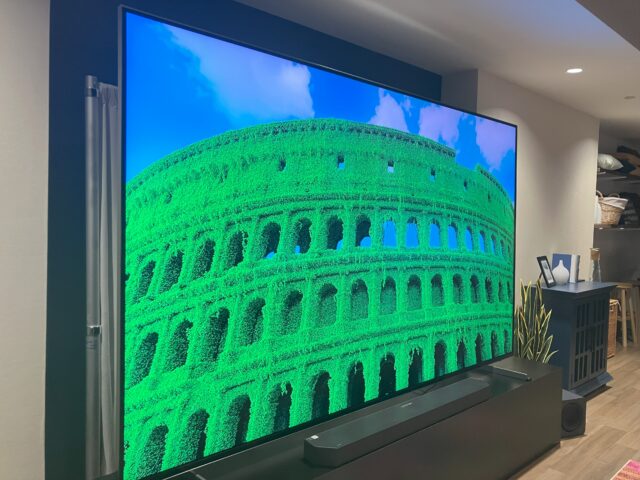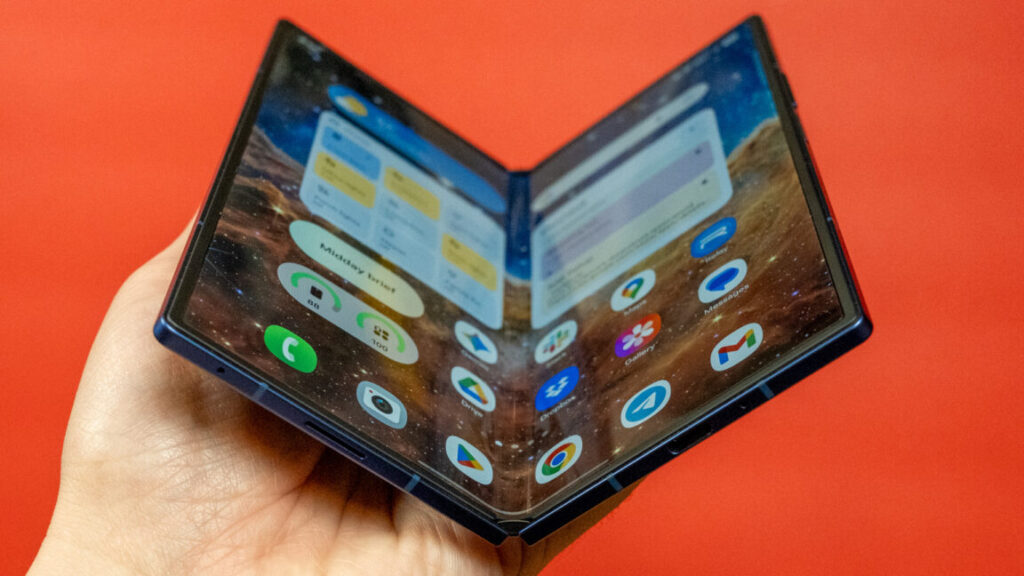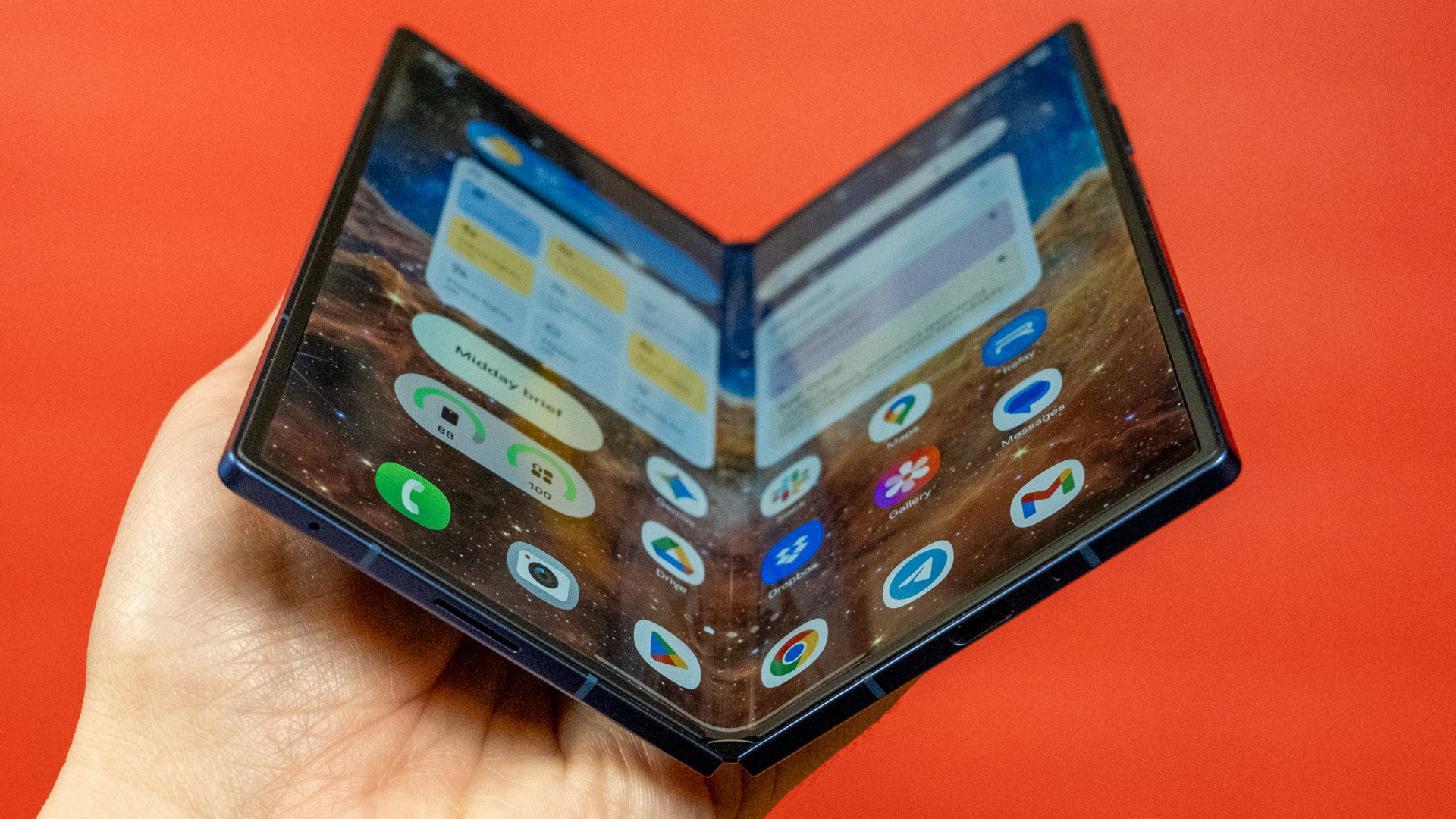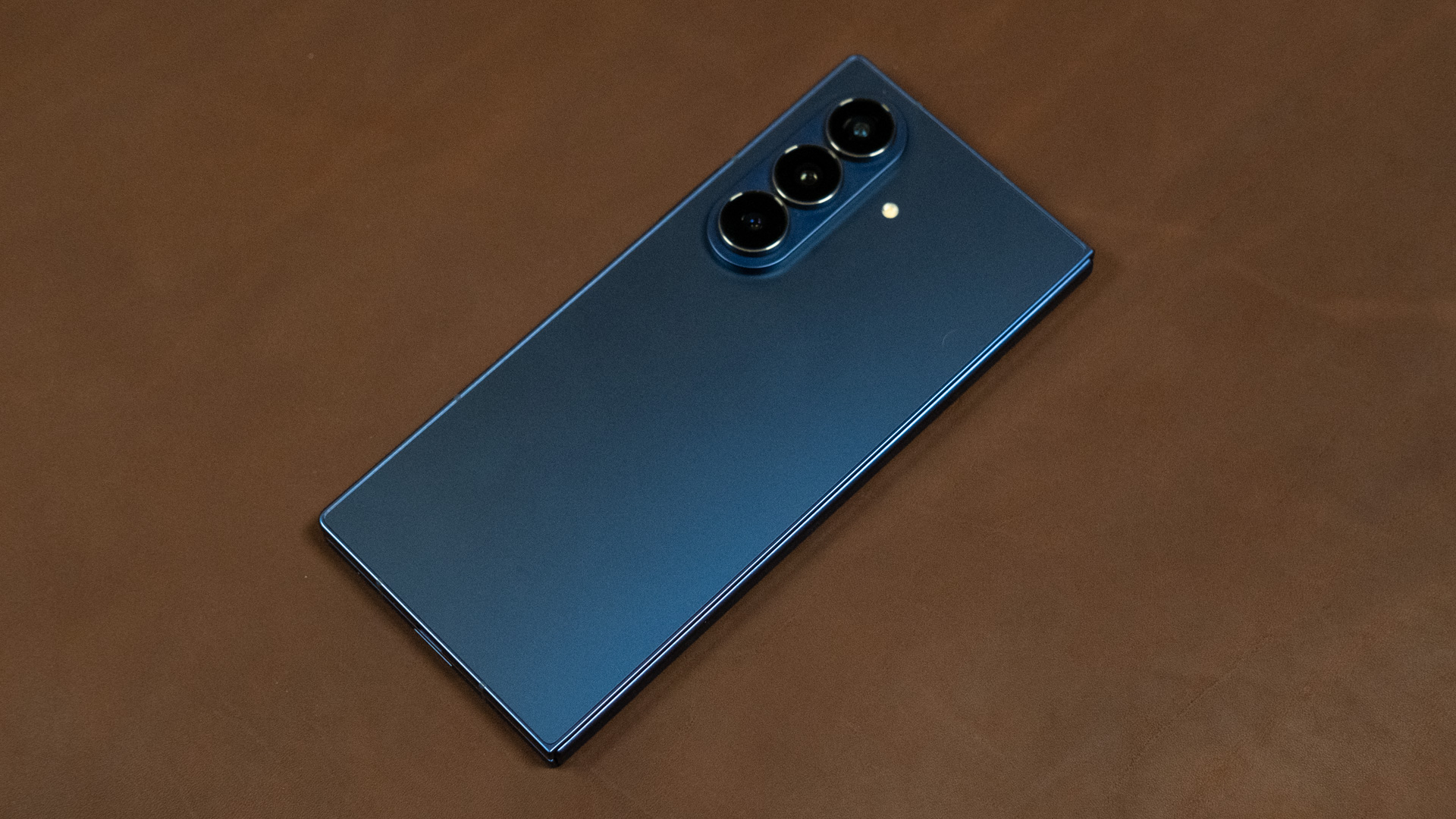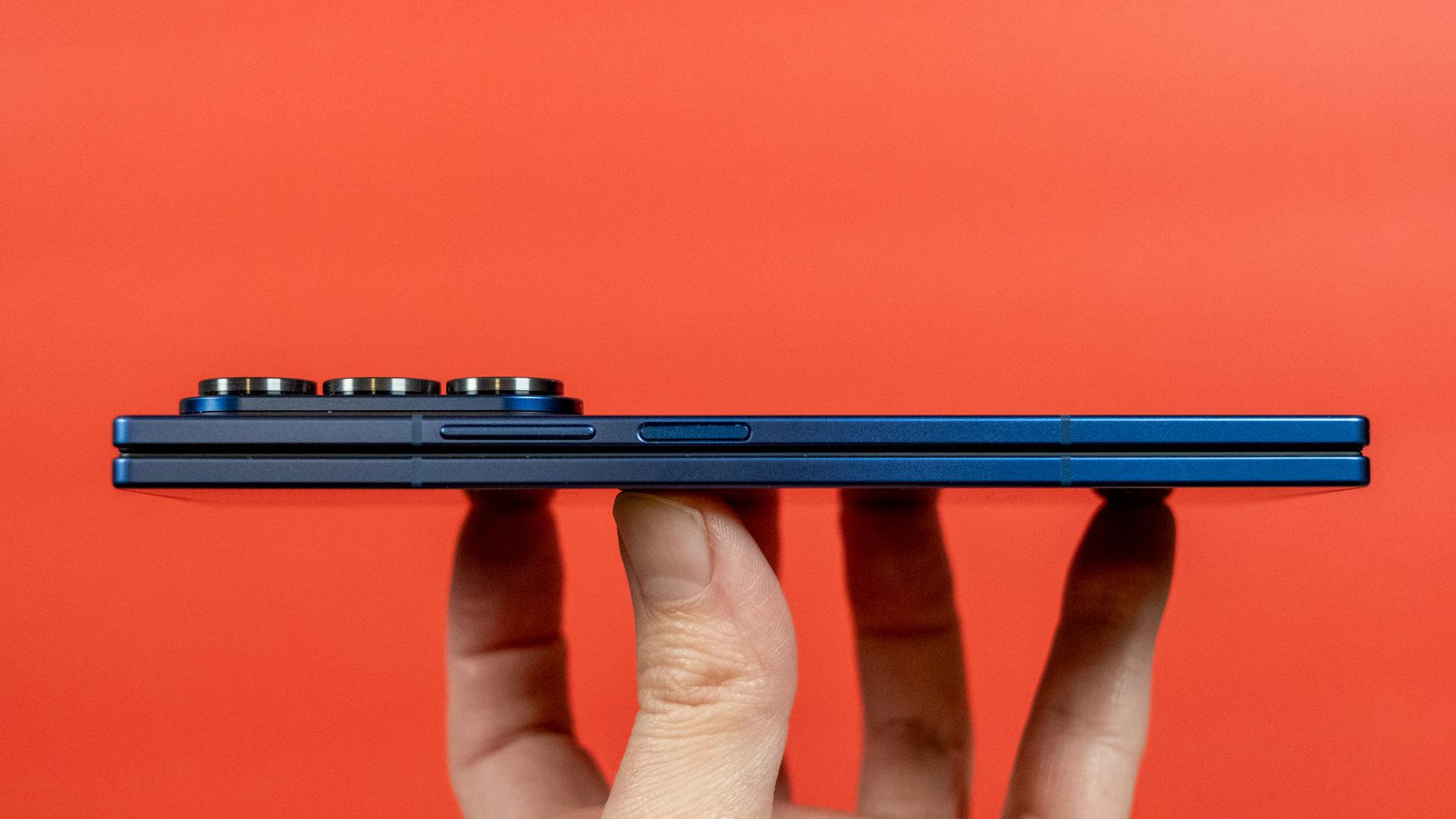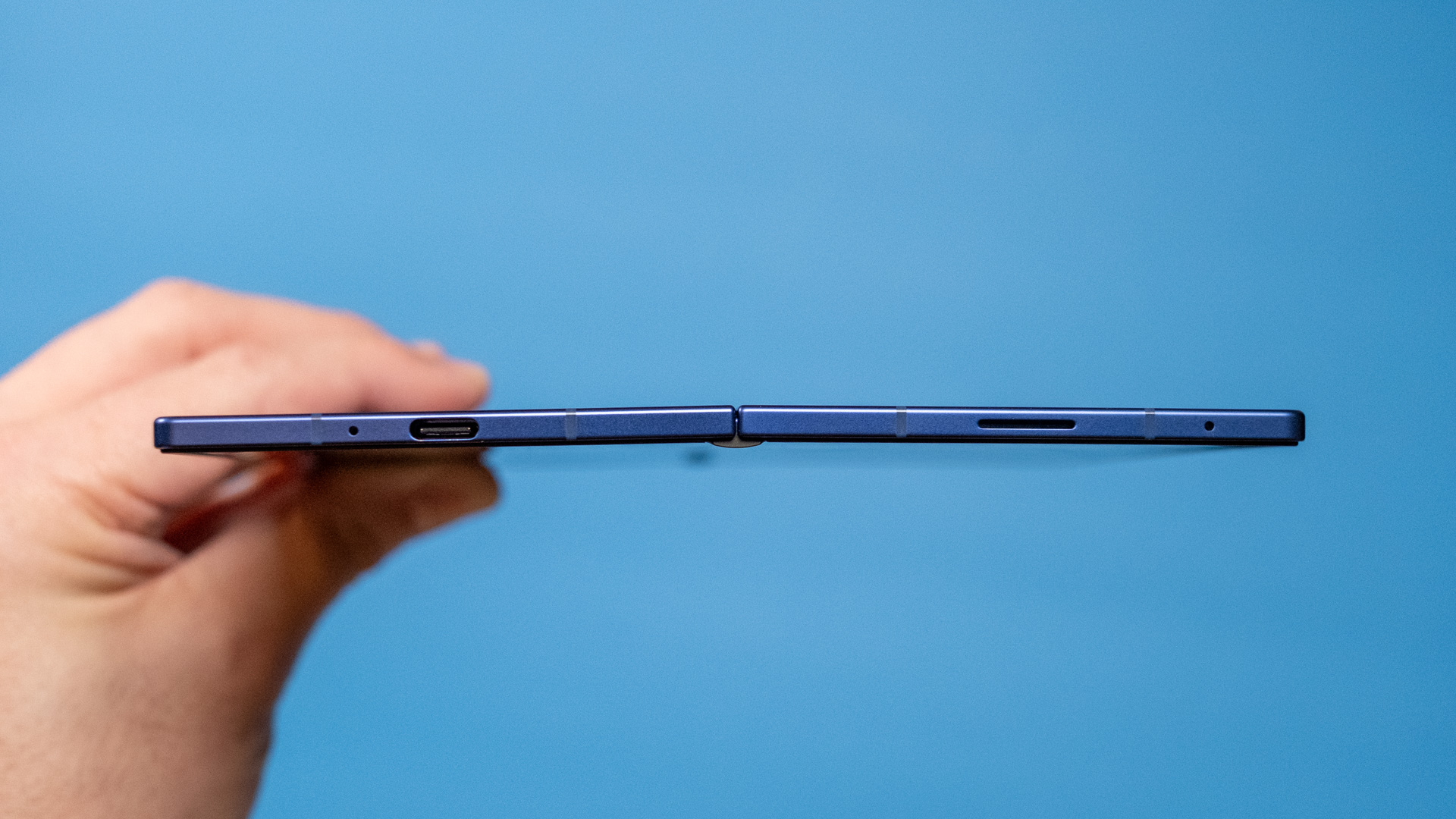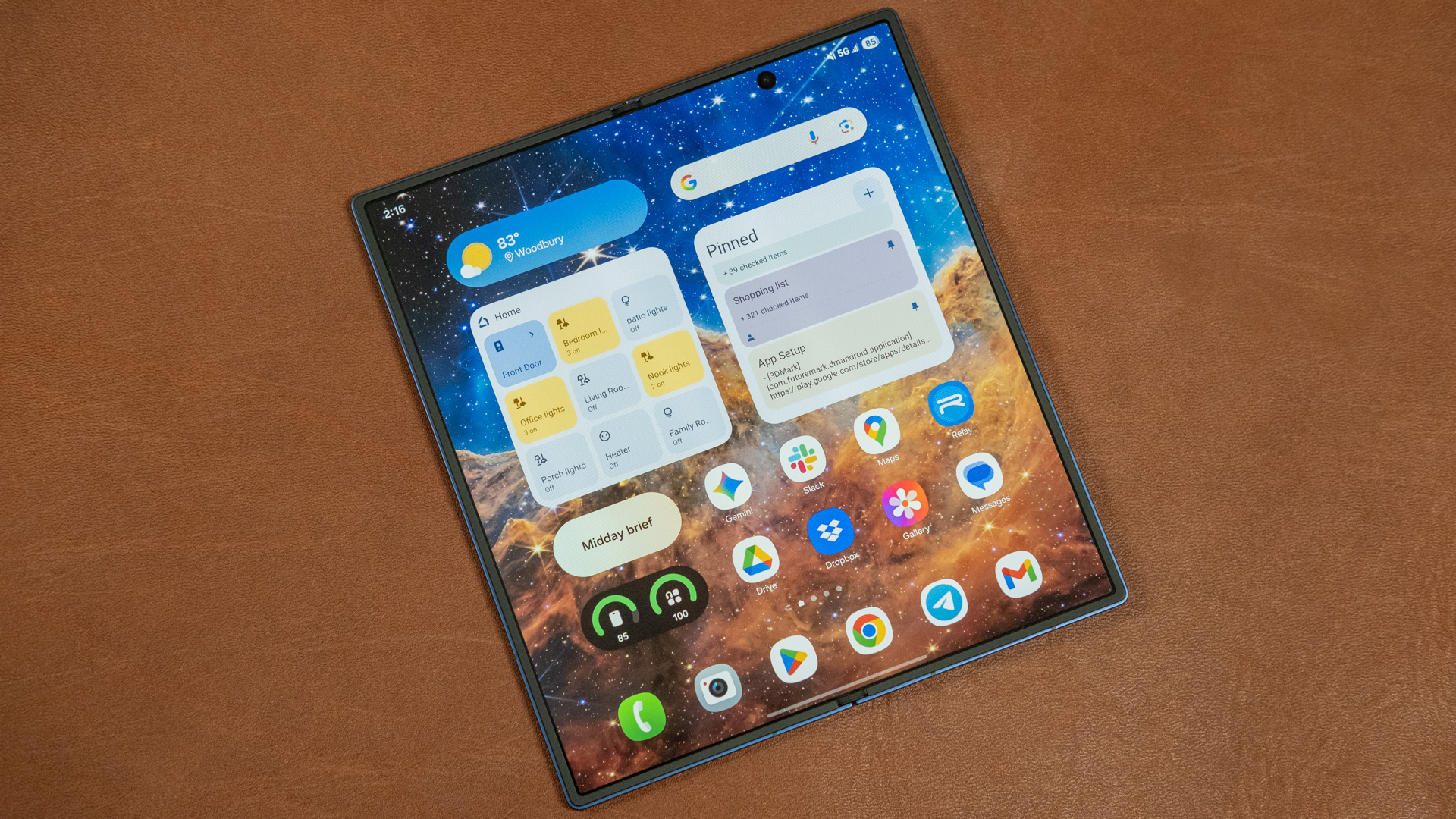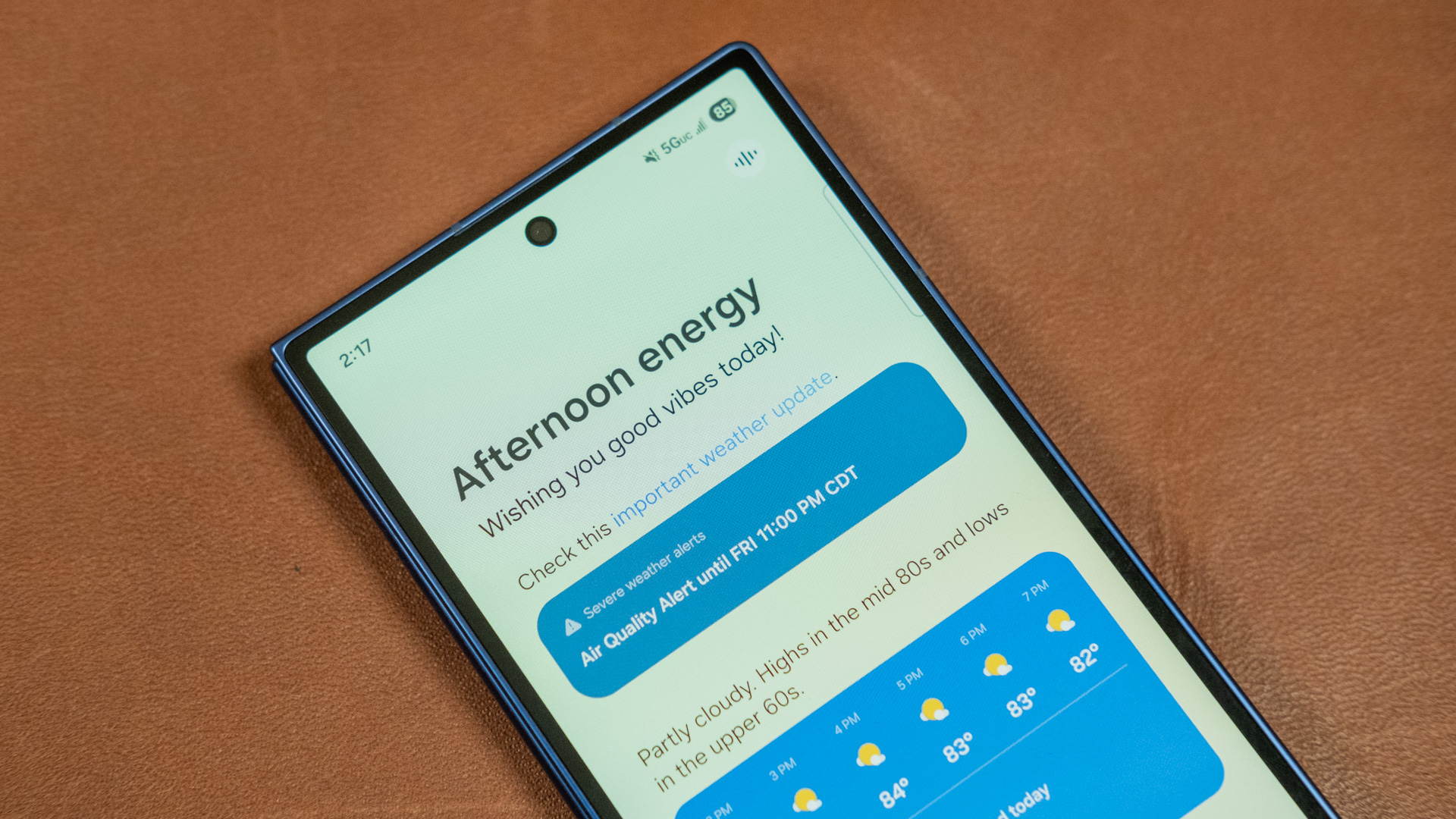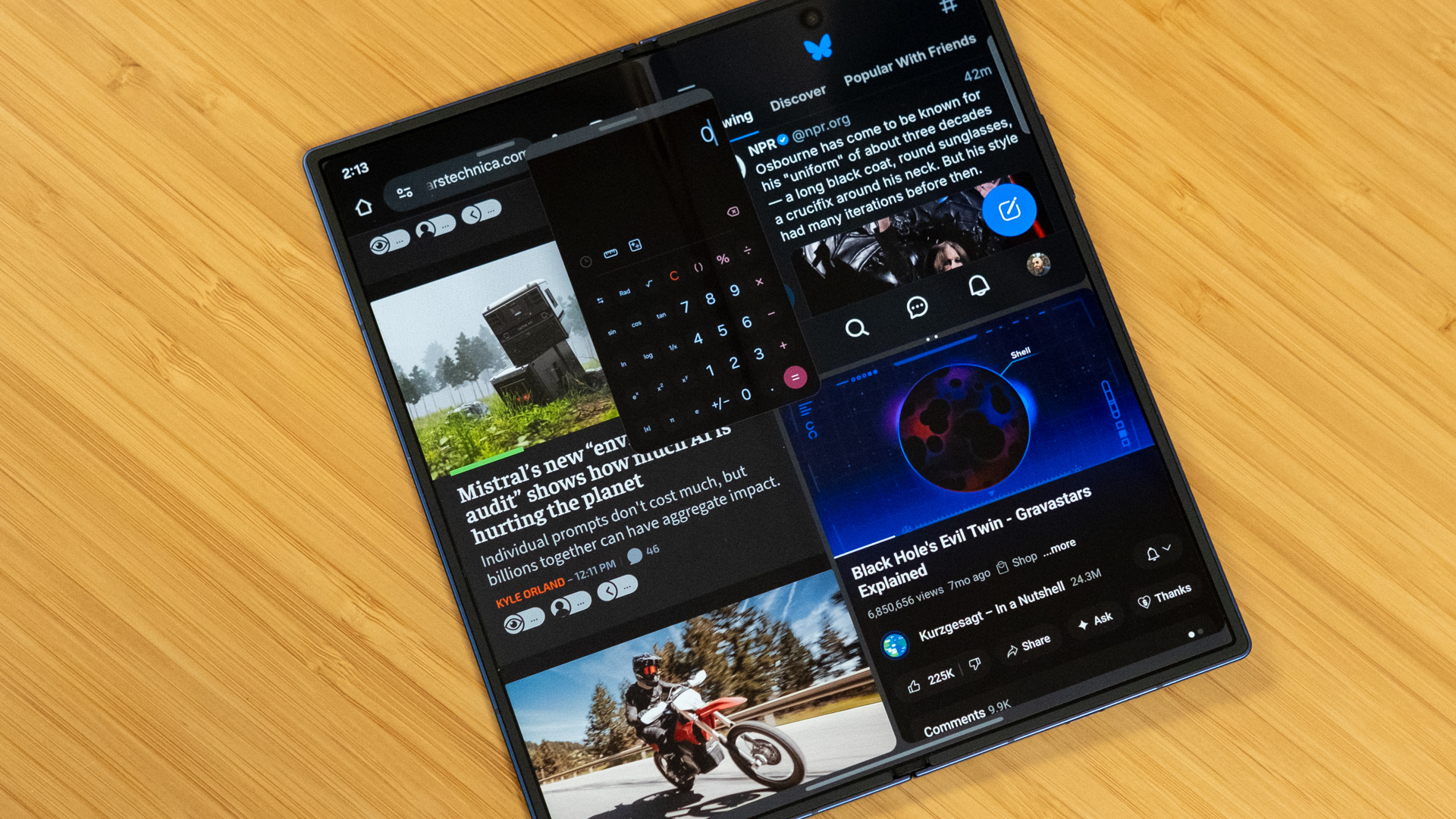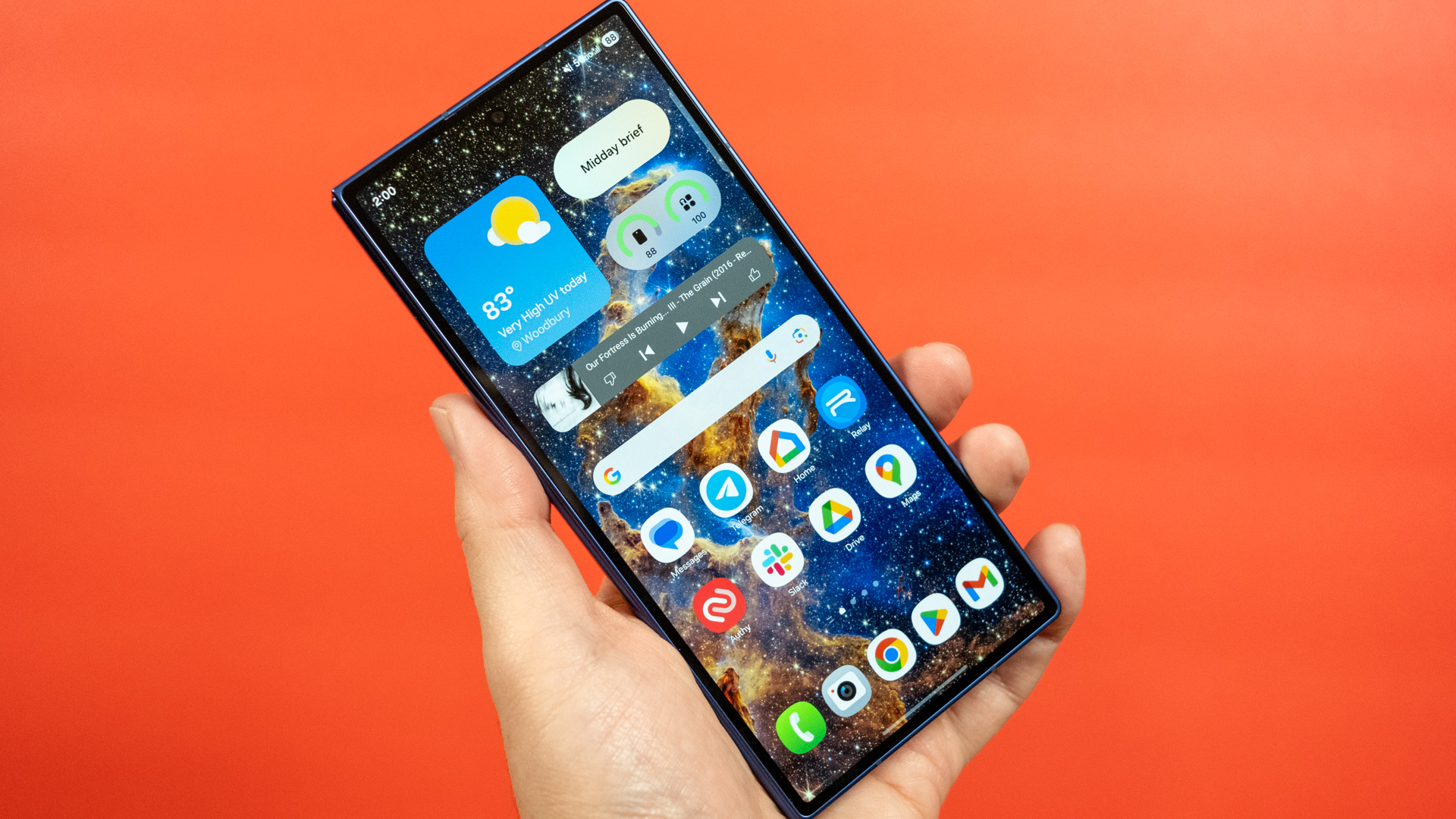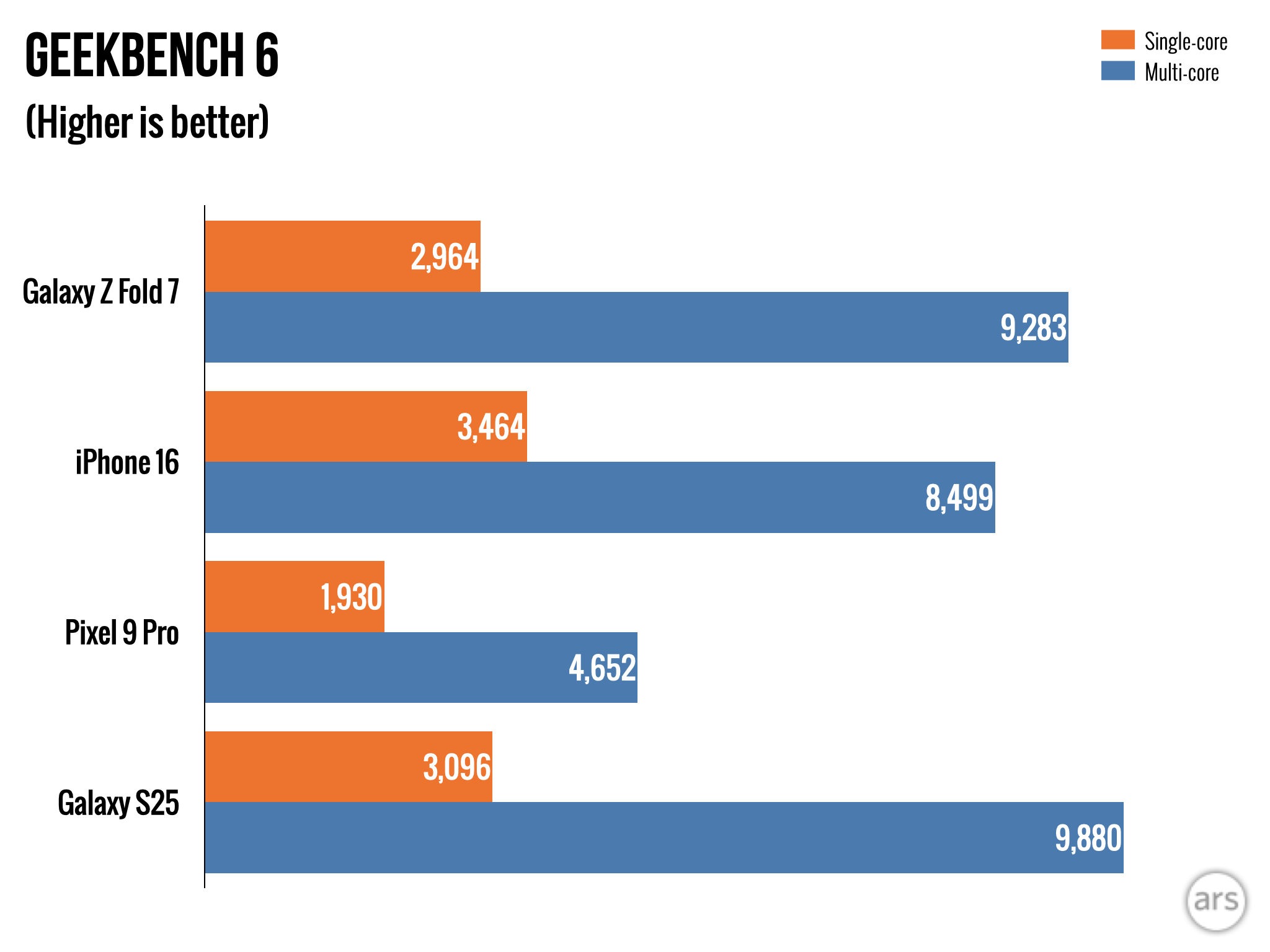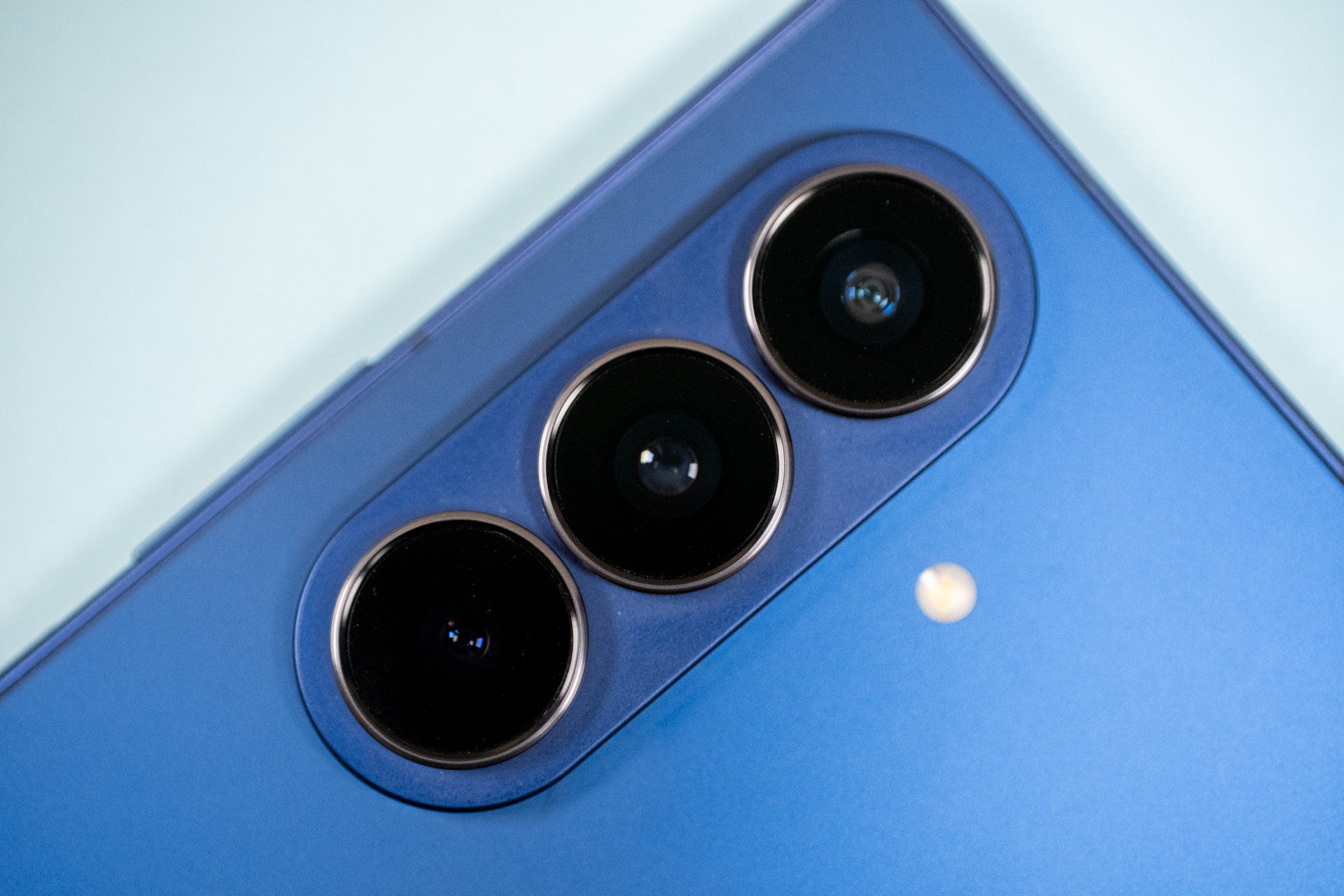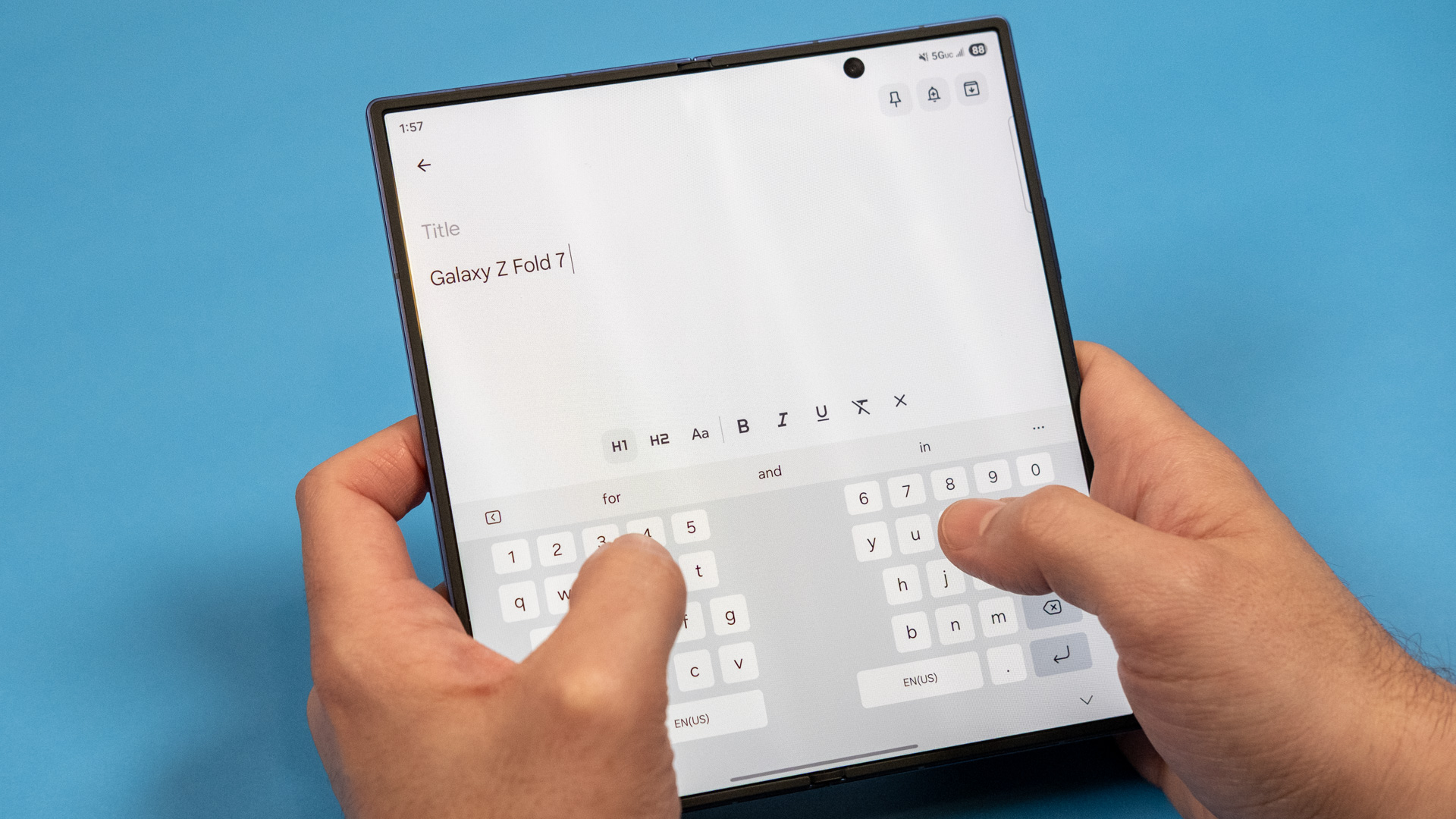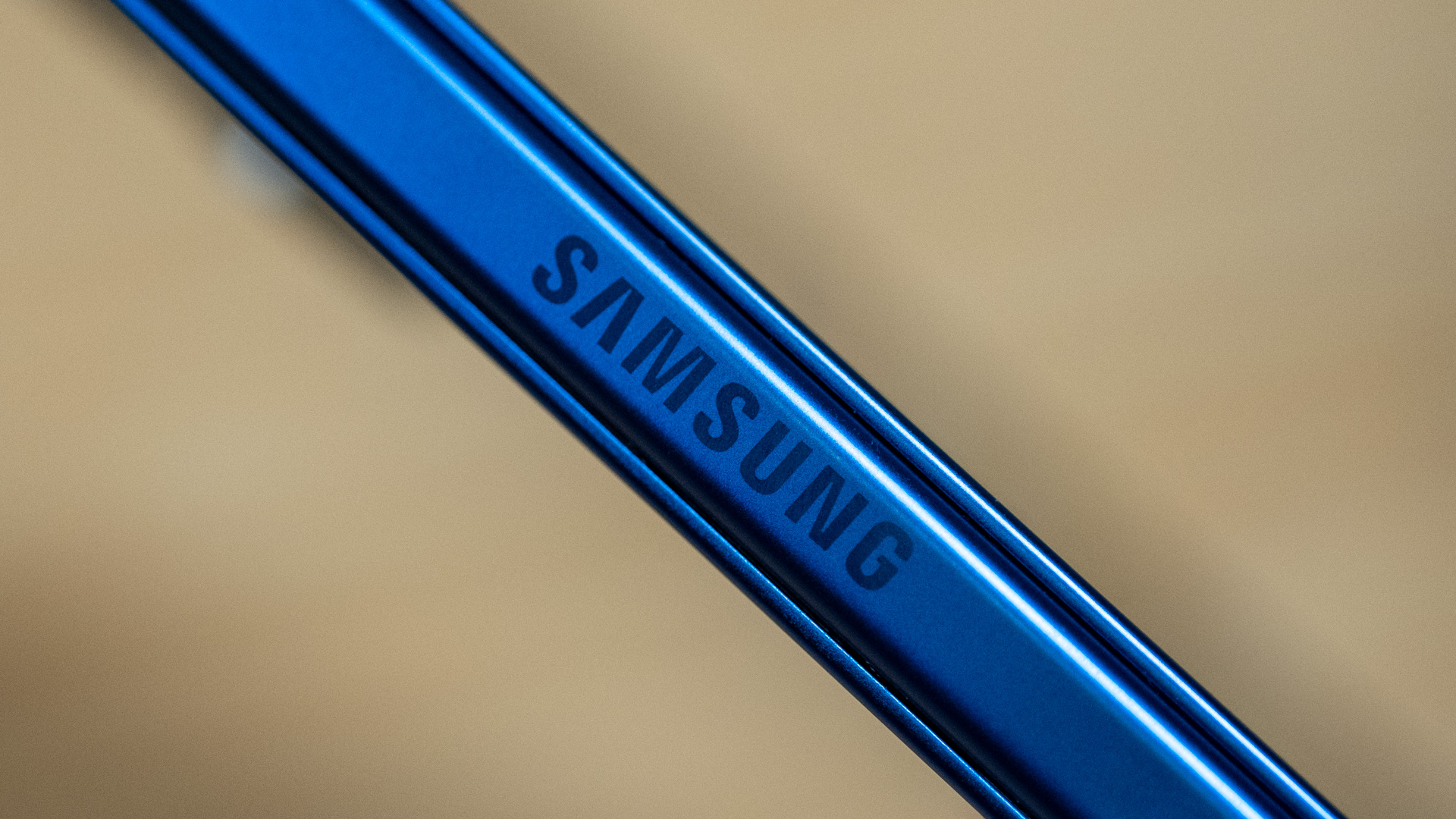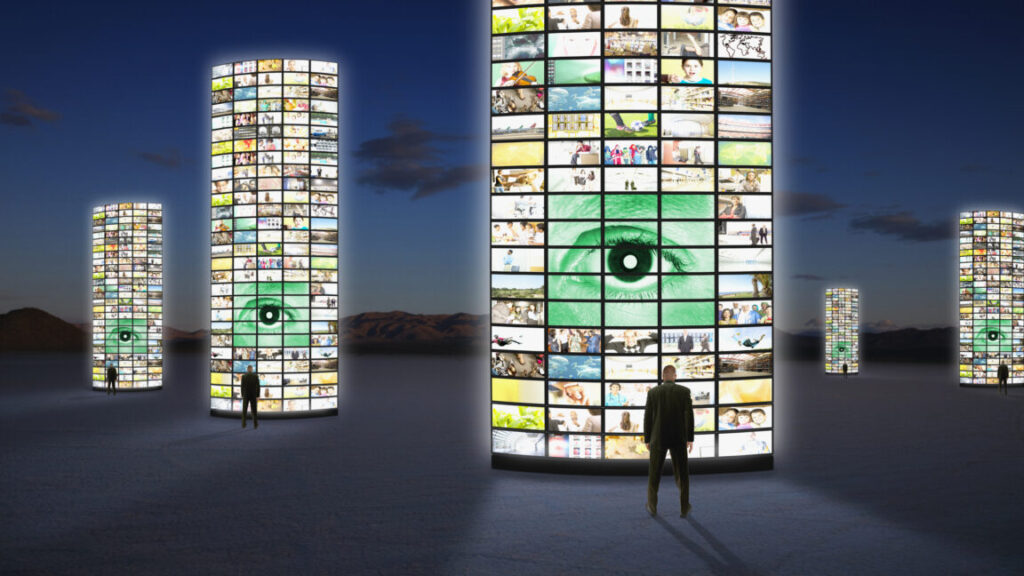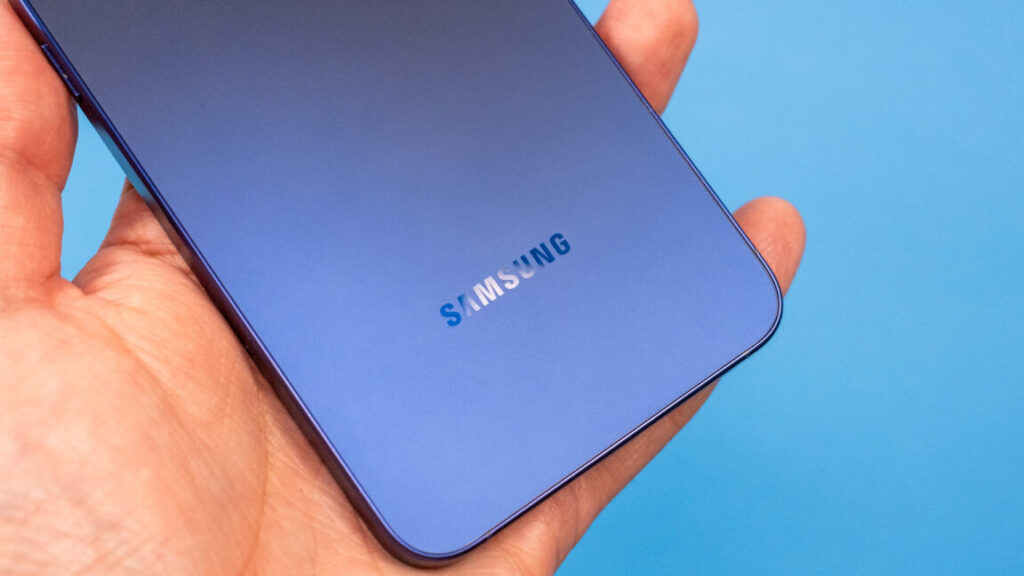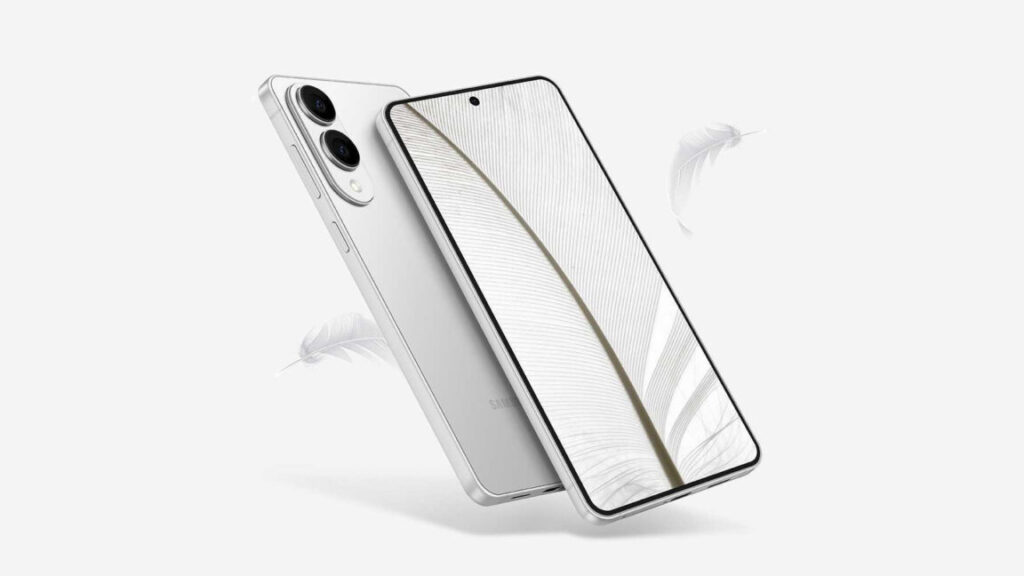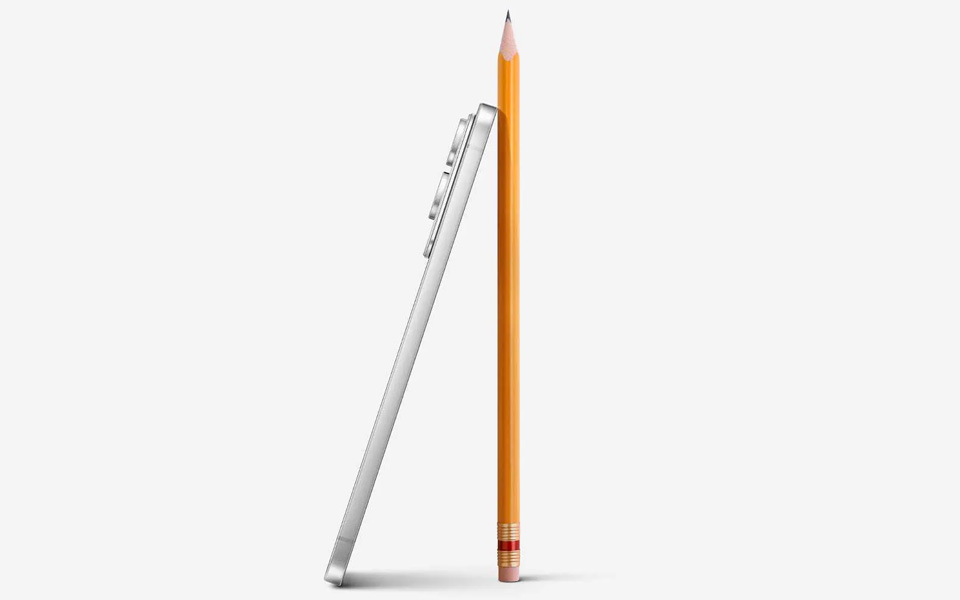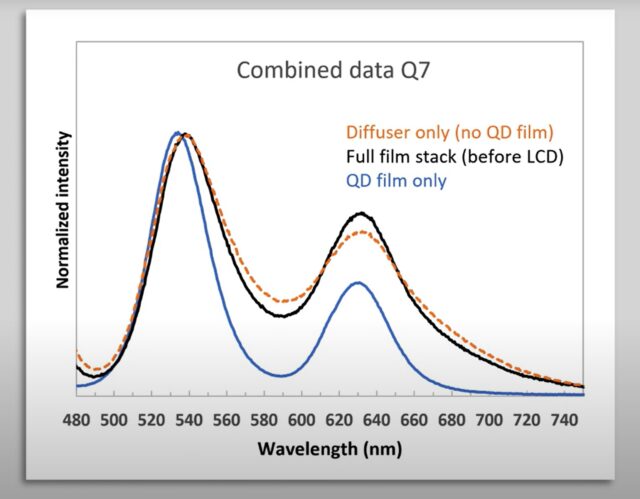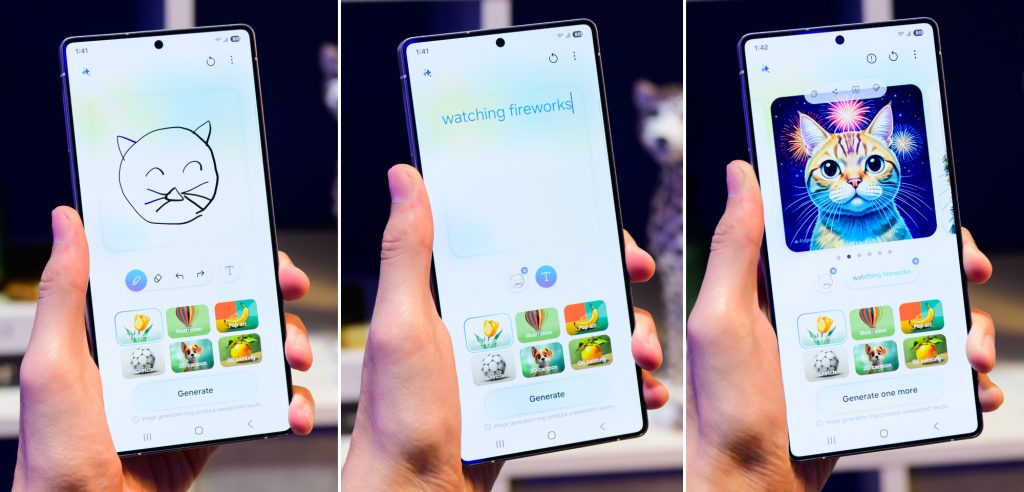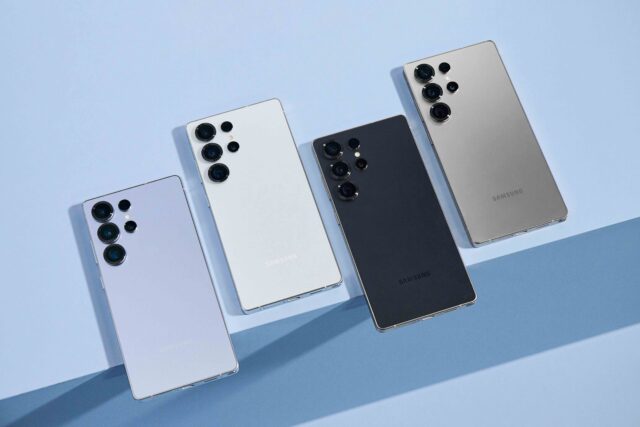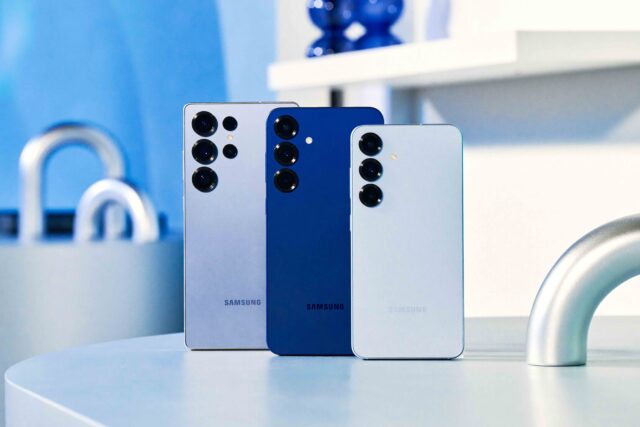Commercial spyware “Landfall” ran rampant on Samsung phones for almost a year
Before the April 2025 patch, Samsung phones had a vulnerability in their image processing library. This is a zero-click attack because the user doesn’t need to launch anything. When the system processes the malicious image for display, it extracts shared object library files from the ZIP to run the Landfall spyware. The payload also modifies the device’s SELinux policy to give Landfall expanded permissions and access to data.
How Landfall exploits Samsung phones. Credit: Unit 42
The infected files appear to have been delivered to targets via messaging apps like WhatsApp. Unit 42 notes that Landfall’s code references several specific Samsung phones, including the Galaxy S22, Galaxy S23, Galaxy S24, Galaxy Z Flip 4, and Galaxy Z Fold 4. Once active, Landfall reaches out to a remote server with basic device information. The operators can then extract a wealth of data, like user and hardware IDs, installed apps, contacts, any files stored on the device, and browsing history. It can also activate the camera and microphone to spy on the user.
Removing the spyware is no easy feat, either. Because of its ability to manipulate SELinux policies, it can burrow deeply into the system software. It also includes several tools that help evade detection. Based on the VirusTotal submissions, Unit 42 believes Landfall was active in 2024 and early 2025 in Iraq, Iran, Turkey, and Morocco. The vulnerability may have been present in Samsung’s software from Android 13 through Android 15, the company suggests.
Unit 42 says that several naming schemes and server responses share similarities with industrial spyware developed by big cyber-intelligence firms like NSO Group and Variston. However, they cannot directly tie Landfall to any particular group. While this attack was highly targeted, the details are now in the open, and other threat actors could now employ similar methods to access unpatched devices. Anyone with a supported Samsung phone should make certain they are on the April 2025 patch or later.
Commercial spyware “Landfall” ran rampant on Samsung phones for almost a year Read More »
